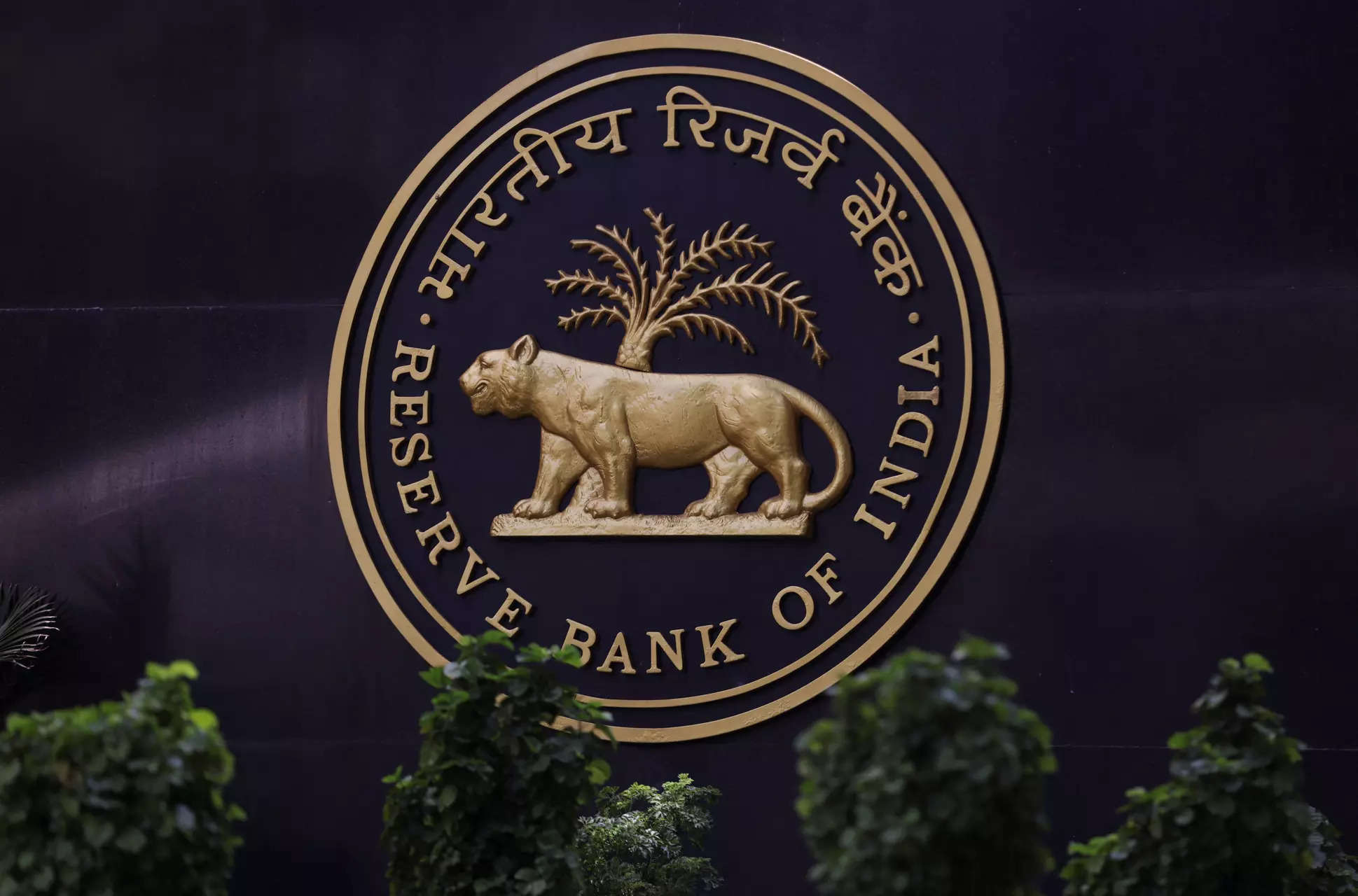
WE use Philippine roads and bridges every day to move around. Unfortunately, they continue to be generally unsafe and inhospitable, especially for Filipinos who are walking or on bicycles. Every year, over 11,000 Filipinos die in road crashes. They could include your friends or loved ones. One policy can make a huge difference.
The United Nations Decade of Action on Road Safety (2021-2030) has been focusing on one key message: lowering speed limits to 30 kilometers per hour (kph). With this simple action, countless lives would be saved. This is a policy prescription that the Marcos administration should implement without delay. Here's why.
Studies have shown that the probability of a major injury or death in a road crash is significantly lowered at speeds of 30 kph or less. Slower speeds mean reduced impact forces and therefore less harm or injury. A pedestrian hit by a motor vehicle traveling at 80 kph has a 60 percent likelihood of dying. The risk drops to 20 percent if the vehicle is traveling at 50 kph and at 30 kph, the risk is 10 percent or less. For this reason, on all roads where vulnerable road users are likely to mix in the same space with motor vehicles, the speed limit should be 30 kph or less.
What has been the experience of cities that lowered their speed limits to 30 kph? A paper by George Yannis and Eva Michelaraki entitled "Review of City-Wide 30 km/h Speed Limit Benefits in Europe" has just been published in the journal Sustainability. The article presents the experience and outcomes in 40 European cities with populations above 200,000. The 40 cities included eight from France, seven from the United Kingdom, four each from Belgium and Spain, three from Germany, two each from Austria, Italy and the Netherlands, and on each from Denmark, Finland, Ireland, Luxembourg, Scotland, Slovenia, Sweden and Switzerland. The results were nothing short of impressive and compelling, especially because lowering the speed limit involved very little capital investment. Below are some of the key results:
"On average, the implementation of 30 km/h speed limits in European cities demonstrated a 23 percent, 37 percent and 38 percent reduction in road crashes, fatalities and injuries, respectively. Lower speed limits also yielded environmental benefits, with emissions decreasing on average by 18 percent, noise pollution levels by 2.5 decibels and fuel consumption by 7 percent, indicating enhanced fuel efficiency and reduced environmental impact."
Also, "setting a speed limit of 30 km/h in areas where people and traffic mix can lead to safer, healthier, greener and more livable streets. The reduction in speed limits aims to improve road safety by lowering travel speeds, thereby reducing the risk and severity of crashes. Additionally, the introduction of 30 km/h speed limits can decrease congestion, improve traffic flow and reduce travel times by minimizing stop/start traffic movements. Calmer driving at lower speeds promotes healthier living for drivers and all road users.
"Furthermore, implementing 30 km/h speed limits can reduce fuel consumption, emissions and noise. Smoother traffic flow leads to additional fuel economy, while streets that prioritize safe walking and cycling can reduce car dependency and harmful vehicle emissions that contribute to climate change. The introduction of 30 km/h speed limits plays a crucial role in reducing air pollution by decreasing carbon dioxide and nitrous oxide emissions from diesel cars, as well as particulate matter emissions from both diesel and petrol cars."
The research points to a host of benefits from reducing speed limits to 30 kph. Apart from saving lives and avoiding major injuries from crashes, lower speed limits can improve traffic flow, decrease congestion, lower fuel consumption, reduce noise and air pollution, and fight climate change. The study also points to better mental health as traffic would flow more evenly and smoothly instead of the familiar infuriating experience of zooming intermittently at high speeds and then ending up crawling for most of a trip.
With these manifold desirable outcomes, the Philippine government should spare no time in introducing a maximum 30 kph speed limit in all urban areas and on roads passing through population centers or towns. Vehicles that need to travel faster should use limited access expressways or tollways. In parallel with the 30 kph speed limit, local authorities should install traffic-calming infrastructure (i.e., raised crossings, speed bumps, lane narrowing, etc.) that forces motor vehicles to slow down. Traffic-calming measures are particularly necessary around schools, hospitals, markets and other areas with heavier pedestrian traffic.
An executive order could be issued by the President to direct key agencies to implement the 30 kph policy. National agencies such as the Department of Public Works and Highways, Department of Transportation, Department of the Interior and Local Government, Department of Justice and the Metropolitan Manila Development Authority can each play a part in carrying out the directive. To ensure that the policy is durable, it would be desirable for it to be embodied in legislation and included as one of the priority bills in the 19th Congress.
In European cities, according to the study cited above, the imposition of the 30 kph speed limit has, on average, reduced the number of fatalities in road crashes by 37 percent. In the Philippines, where the official road crash death tally exceeds 11,000 annually, more than 4,000 lives could be saved yearly. This could be one of the quick wins for the Marcos administration for relatively little investment. What are we waiting for?
Robert Y. Siy is a development economist, city and regional planner and public transport advocate. He is a co-convenor of the Move As One Coalition. He can be reached at mobilitymatters.ph@yahoo.com or followed on Twitter at @RobertRsiy.
Read The Rest at :






